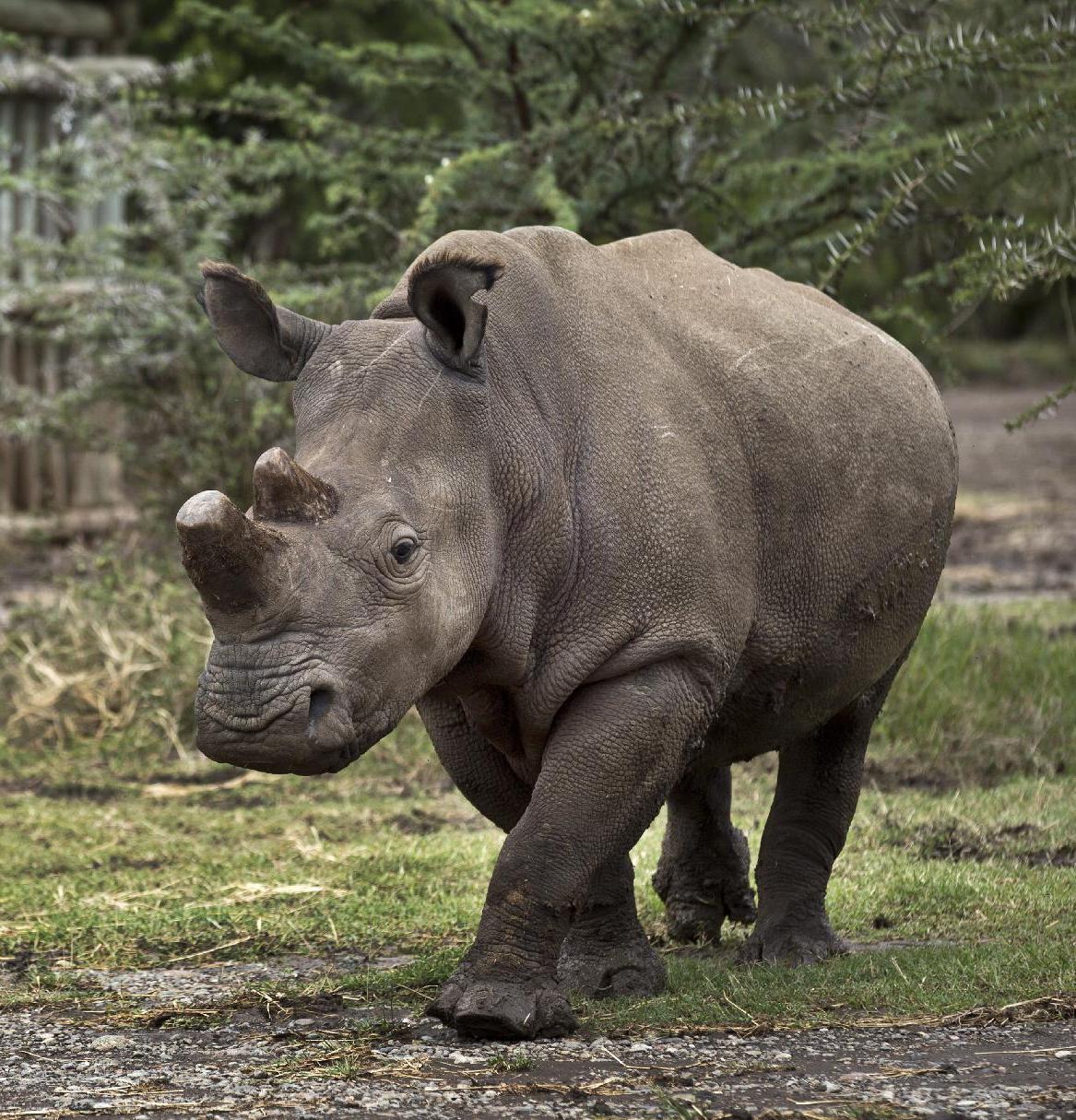Endangered rhino species ‘could die out’ as remaining pairs won’t mate naturally
The experiment to fly four highly endangered rhinos from a Czech Republic zoo to Mount Kenya in East Africa in the hope the natural environment would help them produce a calf - and thus stave off extinction - has all but failed. The keepers of three northern white rhinos in Kenya, half of the world’s remaining rhinos of that species, have begun saying publicly for the first time their one male and two female rhinos will certainly not reproduce naturally. The silver lining, though, is science. Efforts will now be made to keep the species alive through in vitro fertilization, and possibly by working with the rhinos’ genetic material in a budding field known as de-extinction.
We always knew from the very beginning that the chances of this working were small even if they bred.
Richard Vigne, chief executive of the Ol Pejeta Conservancy
The Ol Pejeta Conservancy, where the rhinos have lived since December 2009, said in a statement Wednesday that artificial reproductive techniques “could provide the last chance of survival for the world’s most endangered mammal.” Some animal experts at the time said the effort was too little, too late, and the experiment’s budget could have been better spent on other conservation projects. But the bulk of the more than $100,000 effort came from a donor - Alastair Lucas, then the vice chairman of Goldman Sachs in Australia - who wanted to see the project carried out.
They’ve been returned to Africa from a zoo, and they’ve thrived in that environment. In that way it’s been a success. The fact they haven’t bred is clearly a massive disappointment, but there are new technologies being invented all the time to rescue technically extinct species.
Richard Vigne

Science rhino